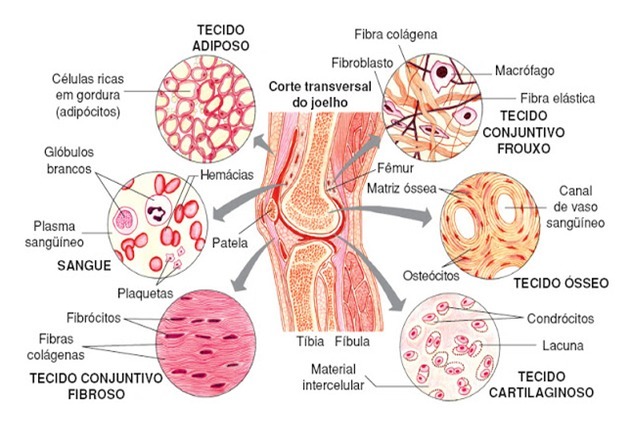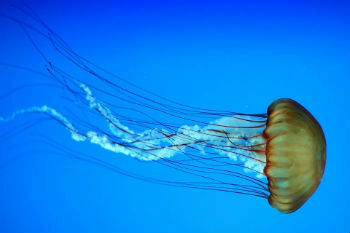In anatomical terms, the nervous system is classified into peripheral nervous system and central nervous system. The latter is composed of the brain and spinal cord, which are fundamental structures for the functioning of the organism. Given the importance of this system, protecting it is essential and, for that, we count on the presence of the skull, vertebrae and meninges.
The meninges are three membranes that line the central nervous system, ensuring protection against mechanical shock and pressure regulation within this important system. These membranes are called dura mater, arachnoid and pia mater.
THE Dura mater, the most superficial meninges, is thick and consists of meningothelial cells and dense connective tissue. In this structure, it is possible to find several collagen fibers, nerves and blood vessels. Due to the large number of sensory nerve endings, the dura mater is responsible for all intracranial sensitivity. Its outermost region is attached to the bones of the skull and vertebrae, while its innermost portion faces the meninges called the arachnoid.
THE arachnoid it is a thin membrane formed by dense avascularized connective tissue and meningothelial cells. It lies between the dura mater and the pia mater. Its appearance under a microscope resembles a spider's web, a fact that gave rise to its name.
Do not stop now... There's more after the advertising ;)
Between the dura mater and arachnoid membranes, we find the subdural space, which has only a small amount of liquid to lubricate the surfaces of the meninges. In some regions, the arachnoid expands and crosses the dura mater, forming arachnoid villi.
Right after the arachnoid, we find the pia mater, the innermost of the meninges. This meninges is attached to the surface of the brain and medulla and is formed by epithelial cells, meningothelial cells, and richly vascularized loose connective tissue.
The pia mater and arachnoid are separated by the subarachnoid space, which contains a large amount of cerebrospinal fluid, cerebrospinal fluid, or simply CSF. The function of this fluid, which has a composition similar to lymph, is to transport metabolites and ensure the protection of the central nervous system against impacts.
CURIOSITY:When the meninges become inflamed due to the action of bacteria or viruses, we say that a case of meningitis. In order to diagnose this disease, it is essential to analyze the cerebrospinal fluid to identify pathogenic microorganisms.
* Image credit: Wikimedia Commons
By Ma. Vanessa dos Santos
Would you like to reference this text in a school or academic work? Look:
SANTOS, Vanessa Sardinha dos. "Meninges"; Brazil School. Available in: https://brasilescola.uol.com.br/biologia/meninges.htm. Accessed on June 27, 2021.


